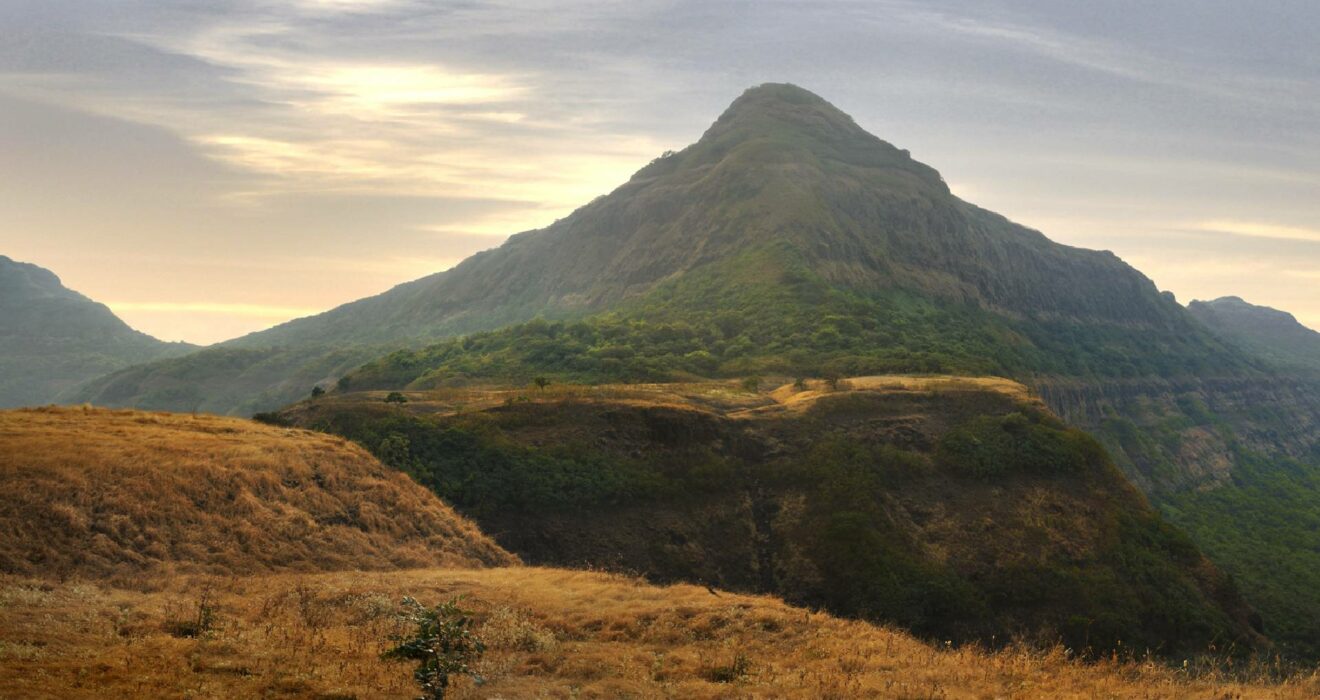A large chunk of the Western Ghats, which primarily stretches across four districts of Karnataka, lost 20,000 hectares (ha) of its area over the last 17 years — putting one of the world’s biological hotspots at risk.
The alarming rate of loss of tree cover over last five years can have long-term repercussions, including drying of rivers. Data from the Global Forest Watch (GFW), which collects annual data on global forests using satellite imagery, warns that the biodiversity of the Western Ghats is under threat.
The impacts of decreasing forest cover are now visible. The Cauvery river, which originates from this region and is considered as the lifeline for more than 100 million inhabitants, has started drying up this season despite normal monsoon.
The amount of tree coverage area lost is equal to 20,000 rugby sports grounds or 40,000 football grounds. Experts blame developmental activities like roads, railway projects, increasing urbanisations for these losses.
“There were many (private) plots of land which had many trees, but these have been turned into housing complexes or tourists resorts,” said Col (Retd) CP Mutthana, a Kodugu-based wildlife conservation activist.
The region is important for the entire Indian subcontinent as it influences the south-west monsoon weather pattern during late summers. The United Nations Educational, Scientific and Cultural Organisation (Unesco), while conferring the status of World Heritage Site, listed the region as the world’s eight ‘hottest hotspots’ of biological diversity.
Besides Karnataka, the Ghats are spread across the states of Kerala, Tamil Nadu, Goa, Maharashtra and Gujarat. Between 2012 and 2017, the four Karnataka districts of Uttara Kannada, Udupi, Kodagu and Dakshin Kannada lost 10,000 ha of tree coverage. (See table)
According to GFW data, in 2017, these four districts lost 2,208 ha of forest area — Dakshin Kannada district lost 955 ha, followed by Udupi (857 ha), Uttara Kannada (236 ha) and Kodagu (160 ha).
Since 2001, the two districts — Dakshin Kannada and Udupi — lost more than 70 per cent of total trees coverage areas. These two districts account for 14,400 ha of tree cover loss out of a total of 20,000 ha.
Rapid loss in tree cover also means increased carbon dioxide emissions — it led to 2.22 lakh tonne carbon dioxide emissions over the period.
| Year | Dakshin Kannada loss of tree cover (in ha) | Kodagu (in ha) | Udupi (in ha) | Uttara kannada (in ha) | Total |
| 2017 | 955 | 160 | 857 | 236 | 2,208 |
| 2016 | 1011 | 175 | 740 | 245 | 2,171 |
| 2015 | 338 | 71.8 | 527 | 117 | 1,053.8 |
| 2014 | 511 | 221 | 503 | 216 | 1,451 |
| 2013 | 541 | 131 | 589 | 234 | 1,495 |
| 2012 | 809 | 196 | 439 | 73 | 1,517 |
| 2011 | 299 | 59.6 | 692 | 153 | 1,203.6 |
| 2010 | 325 | 105 | 93.6 | 0 | 523.6 |
| 2009 | 568 | 329 | 283 | 174 | 1,354 |
| 2008 | 638 | 262 | 241 | 109 | 1,250 |
| 2007 | 949 | 368 | 352 | 173 | 1,842 |
| 2006 | 214 | 68 | 205 | 73.6 | 560.6 |
| 2005 | 328 | 170 | 240 | 230 | 968 |
| 2004 | 294 | 143 | 85.3 | 70 | 592.3 |
| 2003 | 163 | 249 | 89.7 | 63 | 564.7 |
| 2002 | 179 | 53 | 83.1 | 66.3 | 381.4 |
| 2001 | 273 | 145 | 65.2 | 51 | 534.2 |
| subtotal | 8,395 | 2,906.4 | 6,084.9 | 2,283.9 | |
| Total | 19,670.2 | ||||
| Source: Global Forest Watch | |||||

